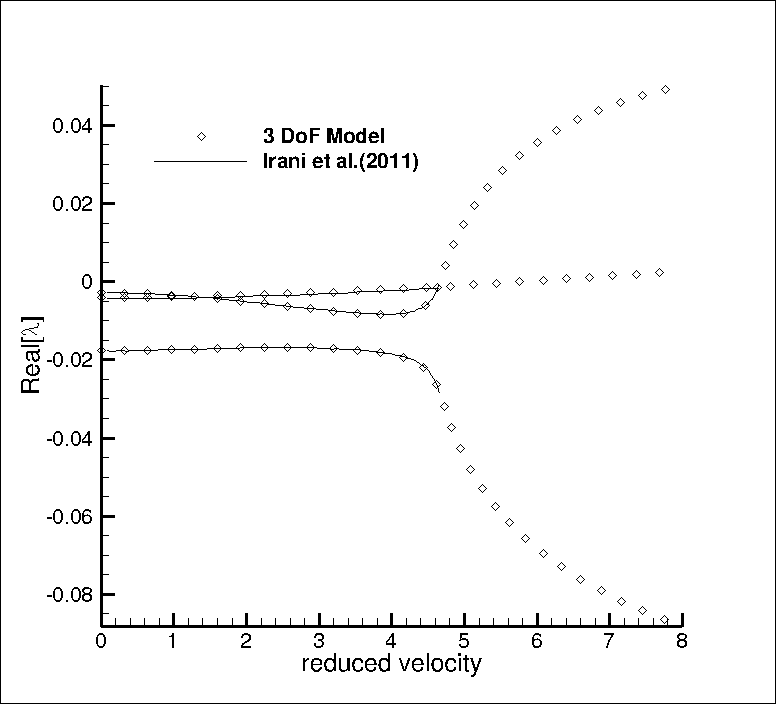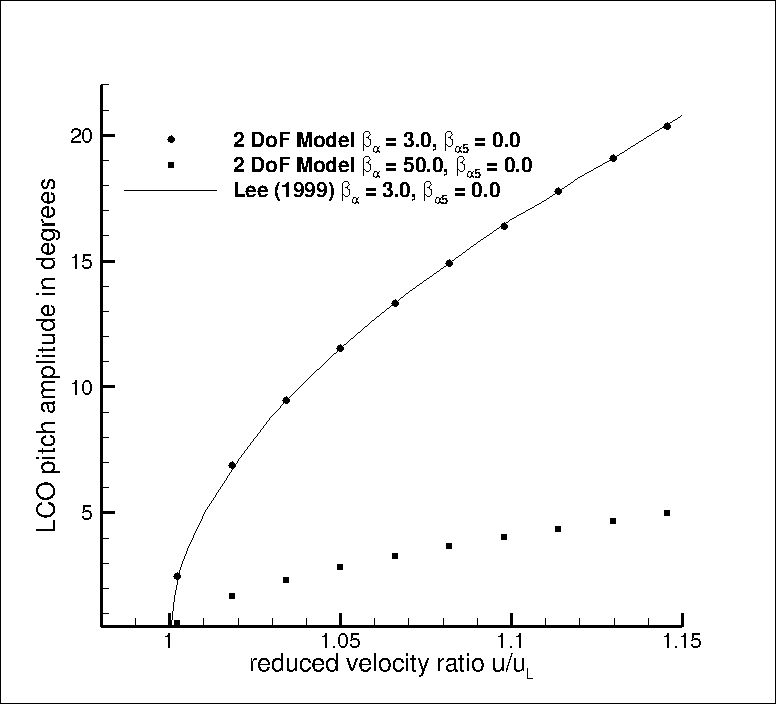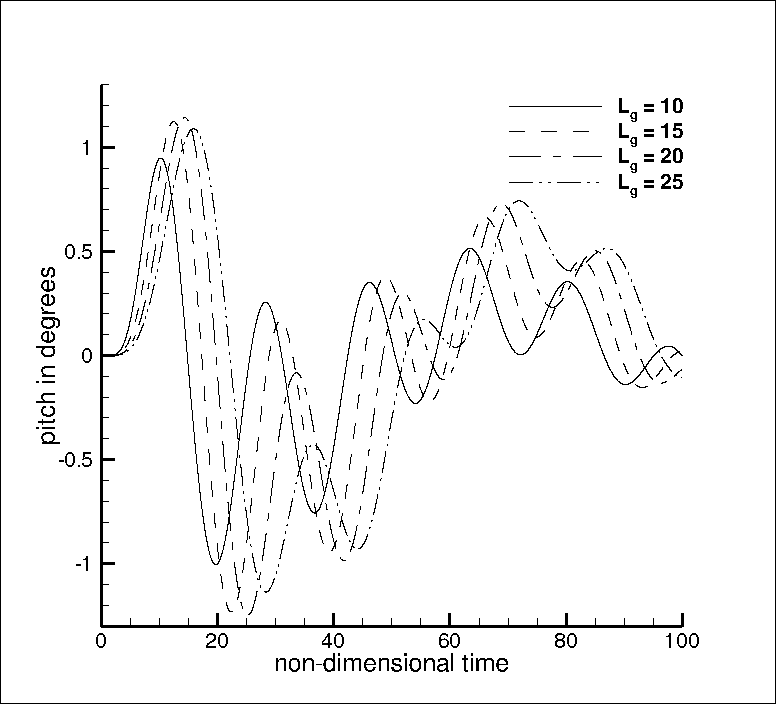Exploiting Nonlinear Structures for Gust Load Alleviation
Title :
Investigators :
Partner :
Sponsor :
Exploiting Nonlinear Structures for Gust Load Alleviation
Gai, G., Timme, S. and Badcock, K.J.
Airbus
UK Engineering and Physical Sciences Research Council (EPSRC)
Project Background
The main focus of this work is the evaluation of novel concepts which intentionally introduces structural nonlinearity into the wing for gust load alleviation. There are two distinct challenges faced in this project: generation of concepts for introducing nonlinearity into structural configurations and development of methods for the prediction of dynamic response of nonlinear aeroelastic systems to gust disturbance.
Consequently, the field nonlinear aeroelastic modelling plays a crucial and central role in this work.
Traditionally and up till now, gust load alleviation employs active control systems which changes the wing's control surface deflection angle to counteract the effect of increasing aerodynamic loads. Typically, this takes the form of a closed-loop control law which relates the measured gust response to an control surface deflection input. This requires significant complications to flight control systems; in particular to safeguard against system failures, system redundancy must be introduced. All this leads to weight penalties. Exploiting structural nonlinearity could allow for a significant reduction in structure and hence overall weight.
A central component of this work is the implementation of the reduced order modelling framework developed at the University of Liverpool. This approach exploits the eigenmode decomposition of the coupled system's Jacobian matrix in conjuction with the Taylor expansion of the nonlinear full order residual function. By projecting the full order system upon the eigenmode basis, a smaller set of equations governing the dominant dynamics of the system can be constructed. This allows for fast calculations of time domain simulations of gust problems.
Figures
Click on the following images to enlarge the view.
Pitch-plunge aerofoil with trailing-edge flap: mode tracing showing the real part of the structural eigenvalues (Ref: Irani, S., Sarrafzadeh, H., and Amoozgar, M. R., “Bifurcation of a 3-DOF Airfoil with Cubic Structural Nonlinearity,” Chinese Journal of Aeronautics, Vol. 24, No. 3, 2011, pp. 265–278.).
Pitch-plunge aerofoil with deactivated trailing-edge flap: showing the influence of cubic harderning torsional spring on the limit-cycle oscillation behaviour at reduced velocities above the linear flutter speed (Ref: Lee, B. H. K., Price, S. J., and Wong, Y. S., “Nonlinear aeroelastic analysis of airfoils: bifurcation and chaos,” Progress in Aerospace Sciences, Vol. 35, No. 3, 1999, pp. 205–334).
References
More details can be found in the following publications:


